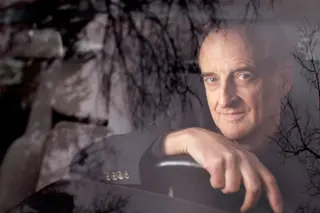On Sept. 27, 1999, my world as I had known it for 43 years ended.
I was sitting at a stoplight at the intersection of Oakton and Gross Point Road in Morton Grove, Ill., on my way to give a lecture at one of DePaul University’s suburban campuses, waiting behind two other cars. A steady drizzle was falling.
Without warning, a Jeep skidded on the wet pavement and slammed into the back of my Mazda sedan. My head bounced off the headrest behind me and then was flung forward. I saw stars and blacked out for a second. I was groggy, but I pulled my car out of the busy intersection, drove around the corner and parked on the side of Gross Point Road. I felt shaken up, but only in the way anyone who had been in a relatively minor car crash might.
A Morton Grove police officer arrived ...














